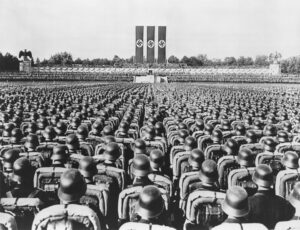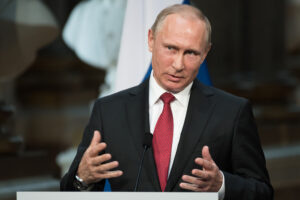
NATO’s Command Structure
As so many countries are working together, having a clear chain of command is extremely important. Military and civilian personnel from all member states must work together each and every day under the NATO’s Command Structure umbrella.
This also includes two top-level Strategic Commands. The first one is Allied Command Operations, and it’s based in Mons, Belgium, and the other one is Allied Command Transformation, which is based in Norfolk in the United States.
For its purposes, the NATO Command Structure must keep track of the modern technology, in order to enable NATO to move its forces faster across Europe and to keep sea lines of communication across the Atlantic free and open.
NATO funding
Every country that’s currently a NATO ally must contribute to the costs of running the Alliance. However, the biggest contribution of any NATO ally is in the form of taking part in those NATO-led missions and operations.
As an example, one country might offer fighter jets, while another one might provide ships, equipment, or troops. NATO Allies might also provide direct funding to NATO, so the costs of NATO staff and facilities are covered, alongside its Command Structure and its jointly-owned equipment, such as the AWACS aircraft.
Defense Spending
At the Wales Summit in 2014, NATO Allies promised to invest more in better defense – to stop the cuts, and to move towards spending 2% of a nation’s GDP only on defense by 2024 but also to spend 20% of that on important equipment.
The progress is visible, as, over the last three years, the European Allies and Canada have managed to spend almost 46 billion US dollars on defense.
The “Open Door” Policy
The Open Door Policy is basically a founding principle of the NATO Alliance, which means that any country in the Euro-Atlantic area is able to join NATO, as long as it’s prepared to meet the standards and obligations of membership, and can contribute to the security of the Alliance, and shares the values of democracy that the Alliance is representing, but also the rule of law.
Ever since 1949, NATO’s membership has increased from 12 to 30 countries.
Cyber Defense
Cyber-attacks are now more common than ever, but they’re also more sophisticated and harmful, which makes cyberdefense one of the top priorities for NATO. Even more, NATO now sees cyberspace as an “operational domain”, which is equally important as the land, sea, and air.
If you enjoyed reading this article, we also recommend reading: 9 Most Powerful People In The World







